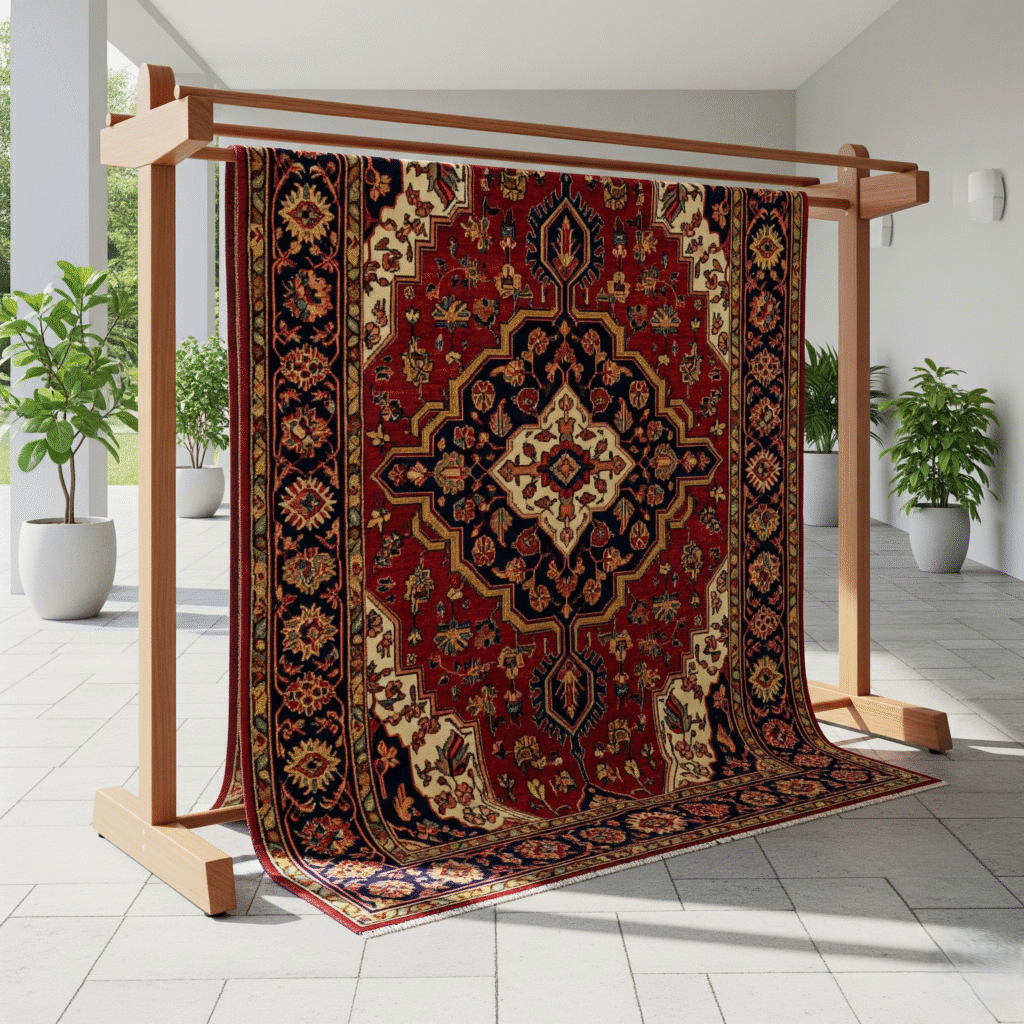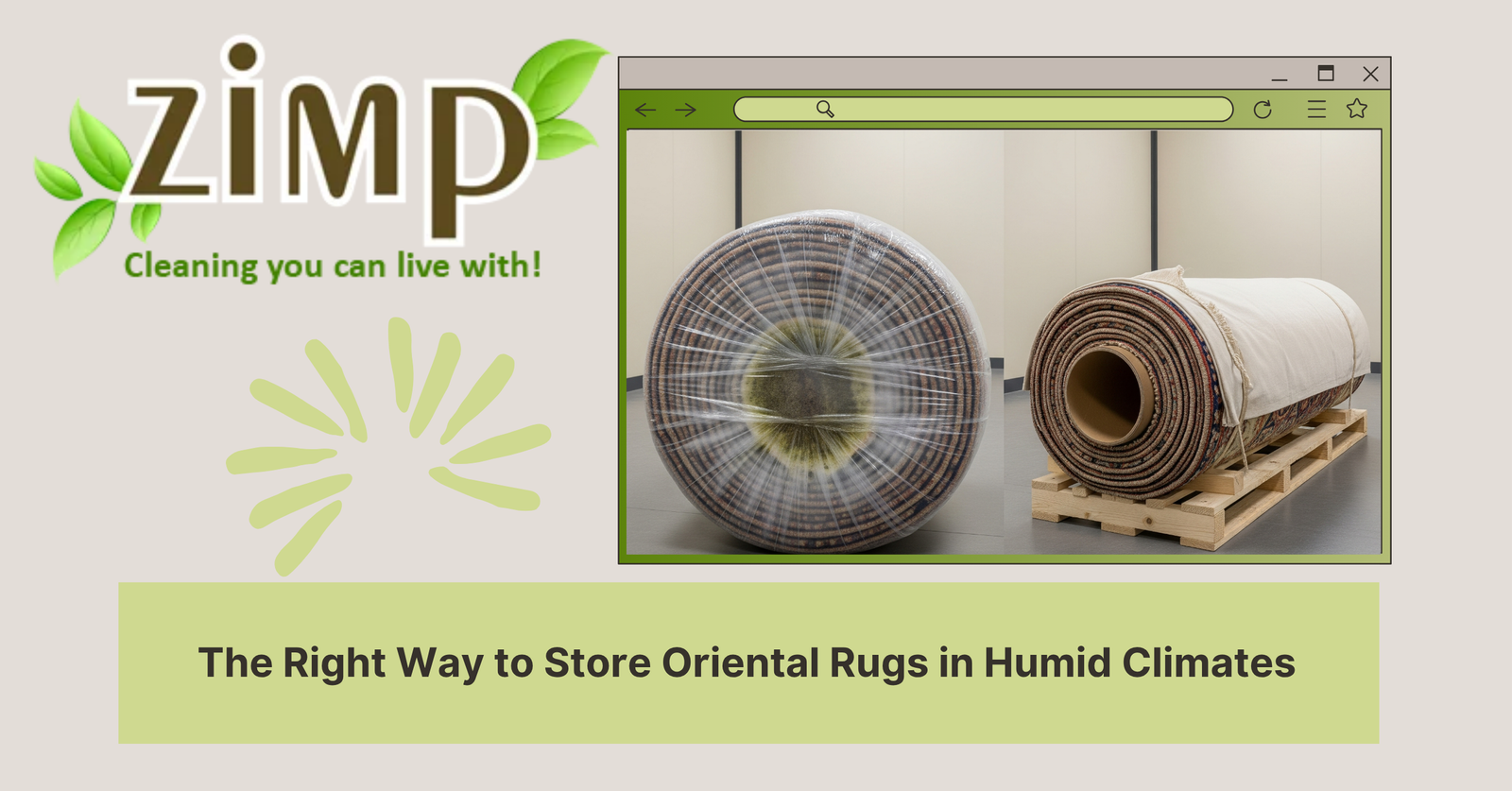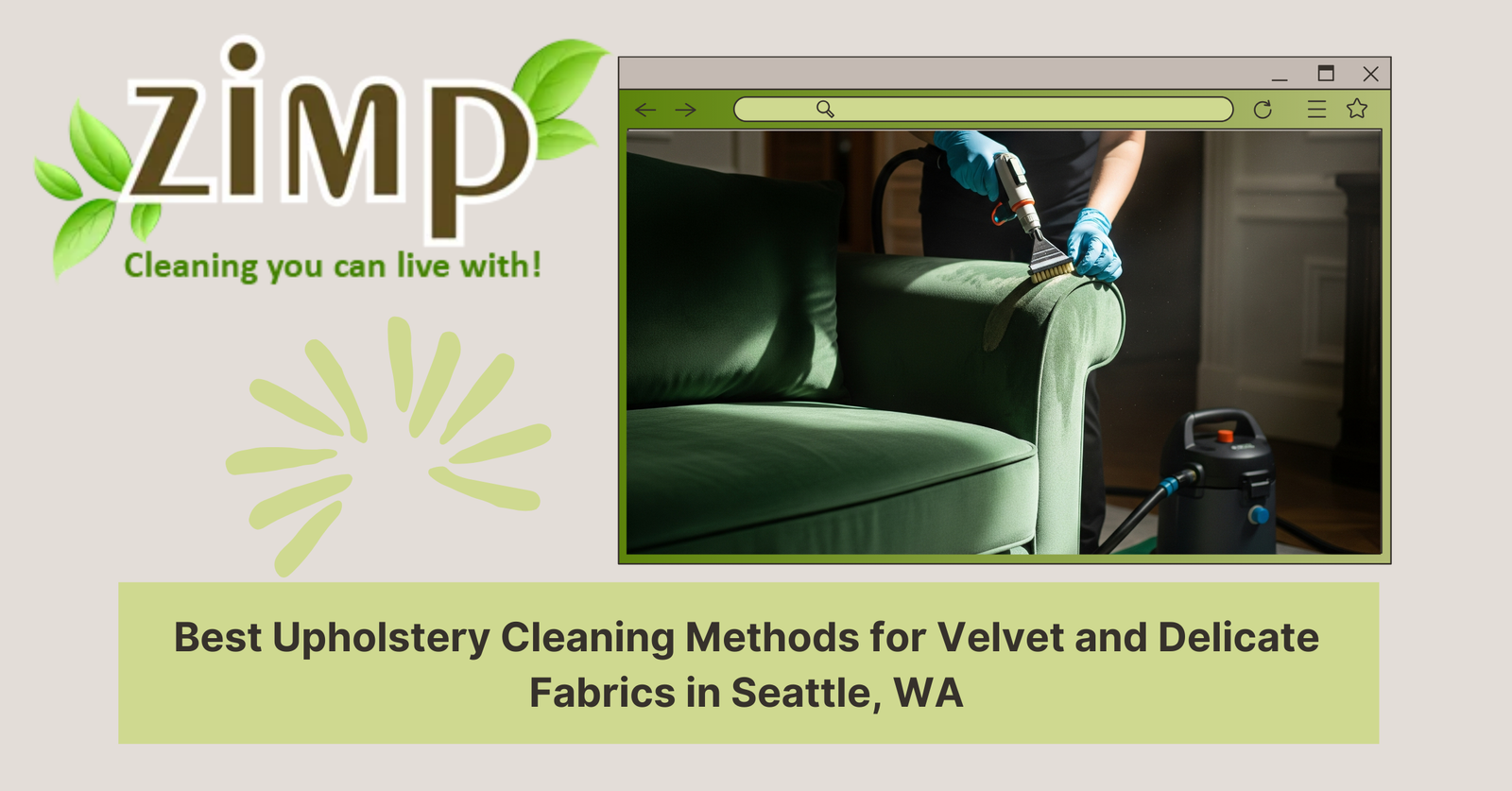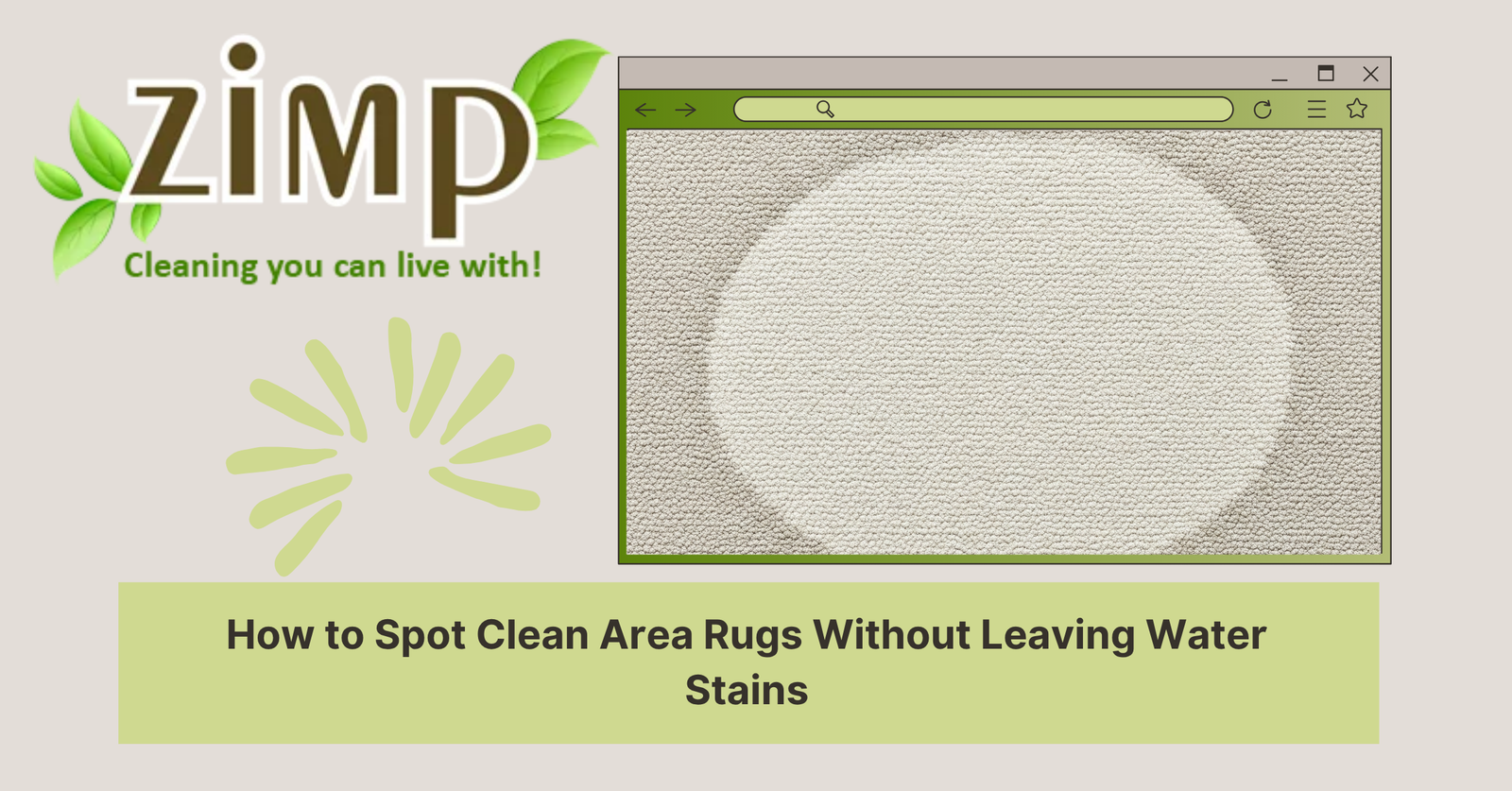Introduction
Oriental rugs are more than just floor coverings; they’re valuable pieces of art with intricate craftsmanship, rich colors, and unique cultural heritage. However, storing them in humid climates can be challenging. Excess moisture in the air creates the perfect breeding ground for mold, mildew, and fiber deterioration, all of which can severely damage your rug.
If you live in a high-humidity region, following the right storage practices is essential to maintain your rug’s beauty and value. This guide will walk you through step-by-step techniques to store Oriental rugs safely in humid environments.
1. Why Humid Climates Can Damage Oriental Rugs
Humidity is the silent enemy of textiles. Oriental rugs are typically made from natural fibers like wool, silk, or cotton, which are highly absorbent. When exposed to moisture in the air:
- Mold and Mildew Growth: Excess moisture provides an ideal environment for fungal spores.
- Fiber Weakening: Prolonged dampness breaks down natural fibers, making them brittle.
- Odor Development: Humidity can cause musty smells that are difficult to remove.
- Color Bleeding: Excess moisture may cause dyes to run, ruining intricate patterns.
2. Clean the Rug Before Storage
Before placing your Oriental rug in storage, thorough cleaning is a must. Any dirt, food particles, or pet hair can attract pests and worsen fiber degradation in humid conditions.
Steps to clean your rug before storage:
- Vacuum both sides to remove surface dust and debris.
- Spot clean stains using a mild detergent solution.
- If possible, hire a professional rug cleaner, especially if your rug is handmade or antique.
3. Make Sure the Rug is Completely Dry
Even a small amount of moisture trapped in the fibers can lead to mold growth in humid climates. After cleaning:
- Hang the rug in a well-ventilated area or use fans to speed up drying.
- Avoid direct sunlight for long periods, as it can fade colors.
- Do a touch test; if it feels damp anywhere, it’s not ready for storage.

4. Use a Protective Barrier
Wrapping your Oriental rug correctly helps protect it from moisture and pests. However, improper wrapping can trap humidity inside.
Best wrapping method:
- Use acid-free paper or unbleached cotton sheets to wrap the rug.
- Avoid plastic unless you include silica gel packs to absorb moisture.
- Seal edges loosely to allow minimal airflow.
5. Store in a Climate-Controlled Environment
The ideal storage location for Oriental rugs in humid climates is a climate-controlled space where temperature and humidity are regulated.
- Humidity level: Keep between 40-55%.
- Temperature: Maintain a consistent 60-75°F (15-24°C).
- Avoid garages, basements, and attics; these areas have fluctuating moisture levels.
6. Elevate the Rug Off the Floor
Even in a climate-controlled space, it’s safer to store your rug off the ground to prevent contact with accidental water leaks or dampness.
- Use wooden pallets or storage racks.
- Place a clean cotton sheet under the rug roll to avoid dust from the shelf.
7. Roll, Don’t Fold
Folding can create permanent creases and weaken fibers. Instead:
- Roll the rug with the pile facing inward.
- Use a cardboard tube as a core for extra support.
- Secure with cotton ties to keep the roll intact.
8. Add Moisture Absorbers
To combat humidity, place silica gel packs or moisture absorber containers inside the storage area. These help prevent dampness and musty odors.
9. Inspect Periodically
Even with the best storage conditions, you should check your rug every few months for:
- Signs of mold or mildew
- Fiber brittleness
- Insect damage
- Unpleasant odors
Early detection allows for quick action before damage becomes permanent.
10. Preparing the Rug for Use Again
When you decide to bring the rug out of storage:
- Unroll it in a well-ventilated area.
- Let it air out for a day or two.
- Vacuum gently before placing it back in your home.
Conclusion
Proper storage of Oriental rugs in humid climates is essential to maintain their beauty, longevity, and value. By cleaning thoroughly, ensuring complete dryness, wrapping with breathable materials, and storing in a controlled environment, you can protect your treasured rug for generations to come.
Investing in the right storage methods today will save you from costly repairs or replacements in the future, keeping your Oriental rug as stunning as the day you bought it. Contact us today!






